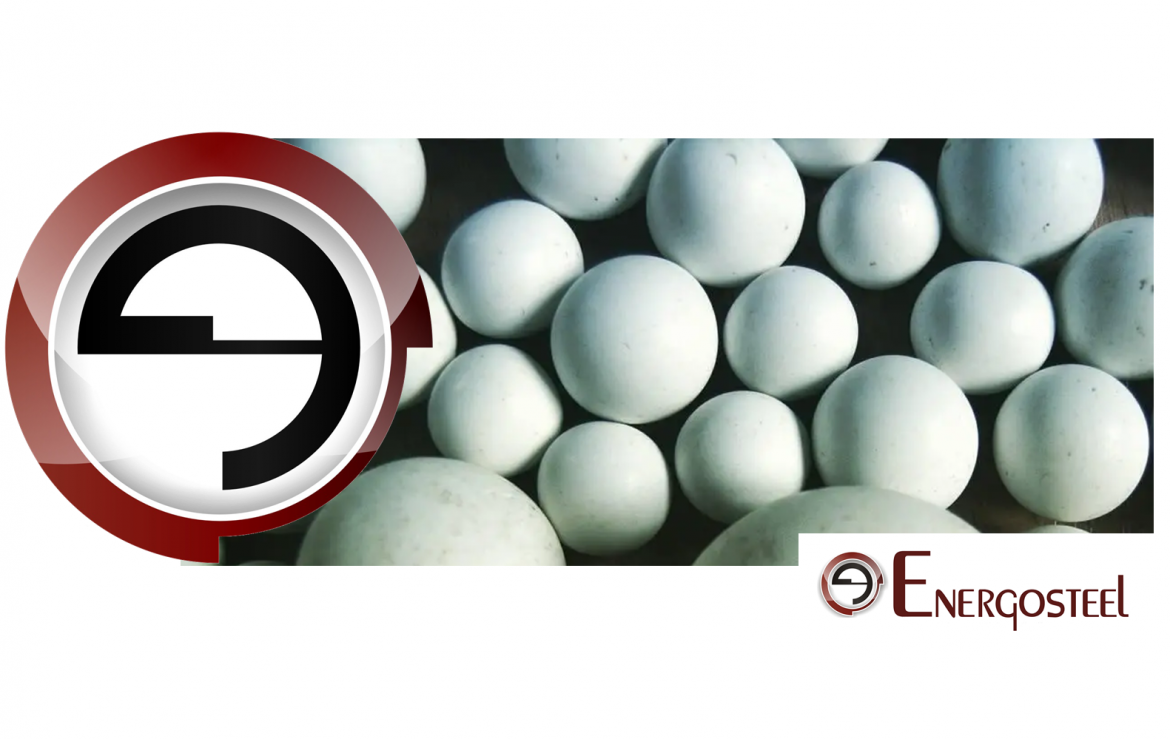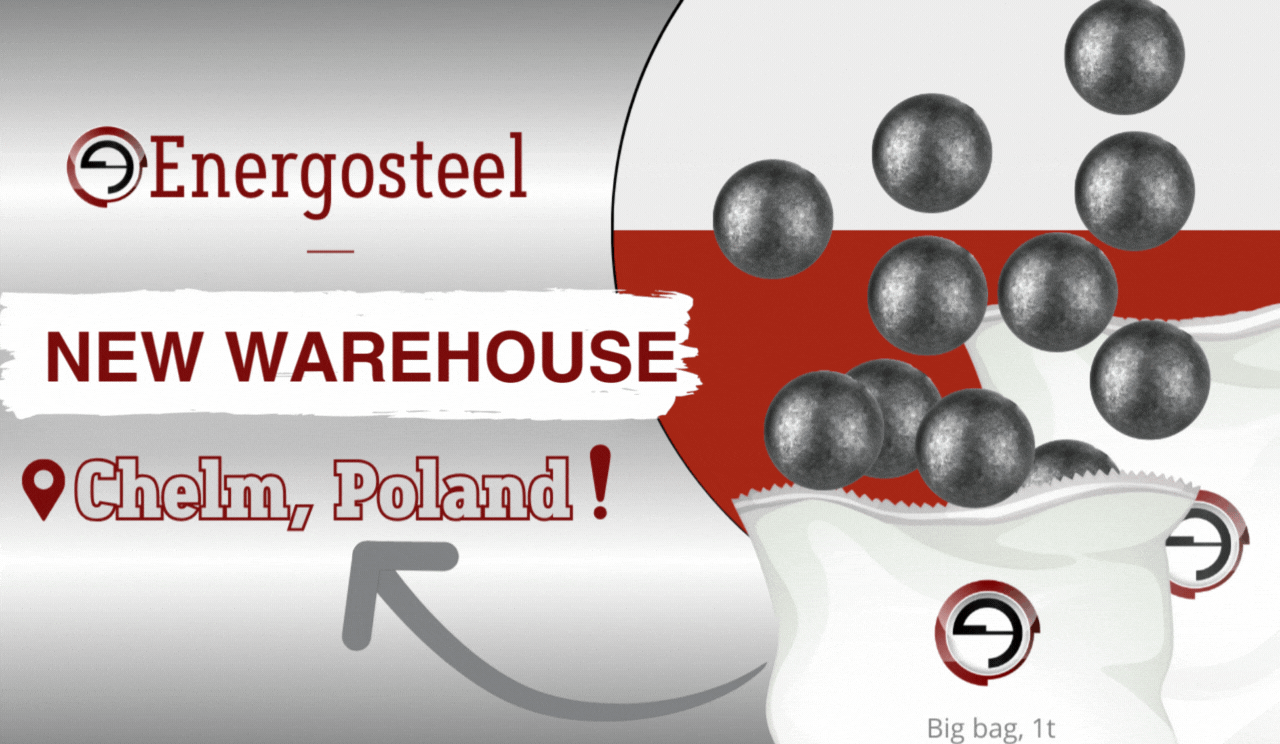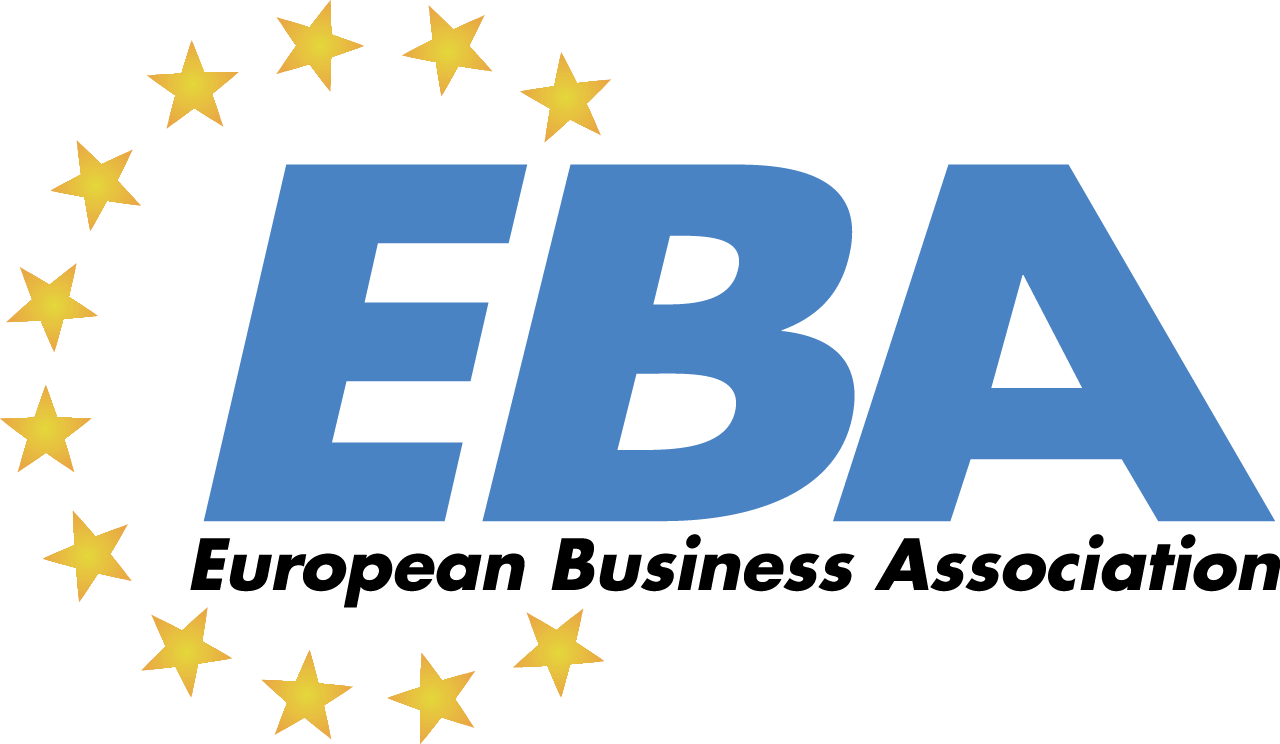Grinding balls, depending on their purpose, can be made of various materials, including ceramics. We are seriously interested in the ceramic grinding ball market. For example, most recently, our marketing department conducted a market study of this grinding media type.
Ceramic grinding balls are used in the grinding industry, which does not tolerate grinding of harmful impurities and milling, which changes the color of finished products, used in ball mills with the aim of creating a thin grinding, which is necessary in the manufacture of silicate products, cement, glass, paint, lacquer etc. The researched type of grinding balls are used for both liquid and dry grinding types. Ceramic grinding balls are characterized by strength and low abrasion. Aluminium oxide (alumina) balls are very common among grinding ceramic balls.
Among the types of ceramic (or alumina) balls, the most common are uralite, alubit, corundum balls. They are produced from the same material (alumina) and are differ only with the content of alumina (%):
- uralite – 75%;
- alubit – min 92% (on the Mohs scale – 9);
- corundum – 95% – the hardest and wear-resistant.
In Ukraine, the market for ceramic grinding balls has formed an import-oriented model. Because ceramic balls are not produced on the domestic market. China accounts for the lion’s share of all imports of ceramic grinding balls – more than 95%.
The main consumers of ceramic balls are manufacturers of ceramic tiles (about 50% of consumption) and paint products (about 25% of consumption) in the Ukrainian market.
Thus, the conducted market research allowed us to determine the attractiveness of this niche (ceramic grinding balls) and to make the right decisions about entering the market.







